Bumper Plates
Showing all 8 results
-
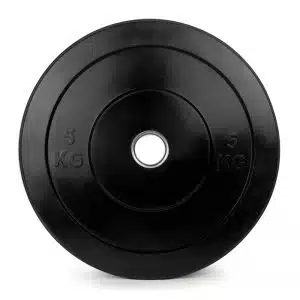
Solid Rubber Bumper Plates – Black (5KG to 25KG)
Add to cart -
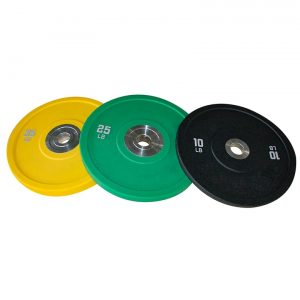
Custom Urethane (PU) Bumper Plates (10LB to 55LB)
Add to cart -
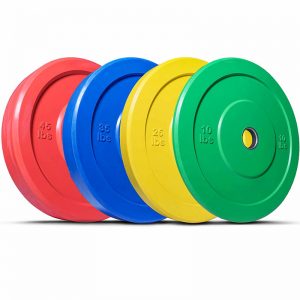
Olympic Barbell Rubber Bumper Plates – Colors (5KG to 25KG, 10LB to 55LB)
Add to cart -
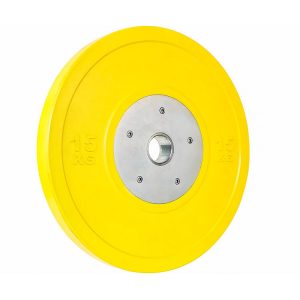
Competition Rubber Bumper Plates (5kg to 25kg)
Add to cart -
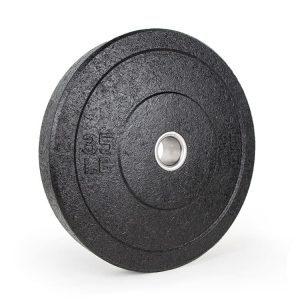
Crumb Rubber Bumper Plates (10LB to 55LB, 1KG to 25KG)
Add to cart -
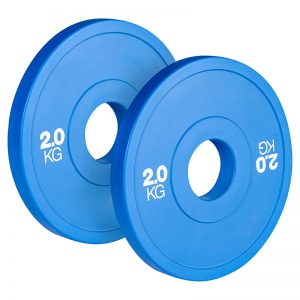
Olympic Friction Grip KG Change Plates
Add to cart -
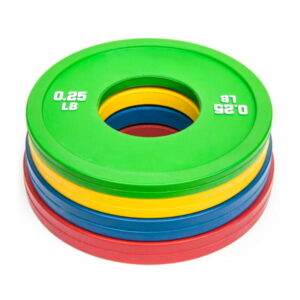
Olympic Rubber Fractional Plates
Add to cart -
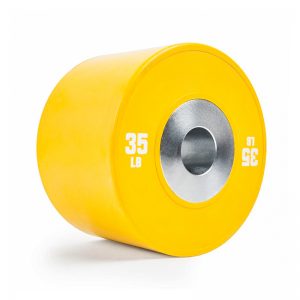
Dumbbell Bumper Plates – 10 to 45 LB
Add to cart
About Bumper Plates
Bumper Plates, or just bumpers, are a type of weight plates used with Olympic barbell. They are made of thick, dense rubber or PU (Polyurethane) with a iron hub in the middle to shape and protect the center hole. Olympic weightlifters prefer them to traditional steel plates, because they are safer and more practical to drop from as high as overhead, without damaging the lifting platform, bars, or the plates themselves.
Weight & Size of Bumper Plates
Bumper plate set is available in kilograms and pounds. And they weigh the same as the standard Olympic and weightlifting plates. Most bumper weight plates are black, but they do have color. The more expensive large wheel competition bumpers are almost always color coded, and also in black. As for the weight, bumpers probably feel lighter due its made of rubber or PU.
Color Coded Bumper Plates Set
Generally, you’ll see those colors sometimes called Olympic finishes on the higher bumpers. The color is set to the IWF standard, so the color of the plate indicates its weight. For example, regardless of brand or manufacturer, all red color bumper plates are 55 lb boards.
The following outlines the IWF standard:
- Red Plates are 55 lb
- Blue Plates are 45 lb
- Yellow plates are 35 lb
- Green plates are 25 lb
Color bumper plate makes it very easy to quickly identify the weight of the bar from a distance.
Competition & Training Bumper Plates
Competition plates are thinner, more durable, and significantly more expensive than basic bumpers. These weight plates have but one purpose, and that’s for Olympic weightlifting on a professional level. one of the benefits to you using these plates over standard bumpers is the reliability of the claimed weight.
As a Bumper Plates Manufacturer, we also offer training versions. If you are not serious about the clean and jerk and the snatch, you probably don’t need to use competitons.
Training Plates basically the same plate as the competition plate, just not “calibrated for accuracy”, and in the case of the IWF-approved brands, the training plates are not considered to be certified. On the other hand, as for the price, comp plates are expensive than traing discs.
